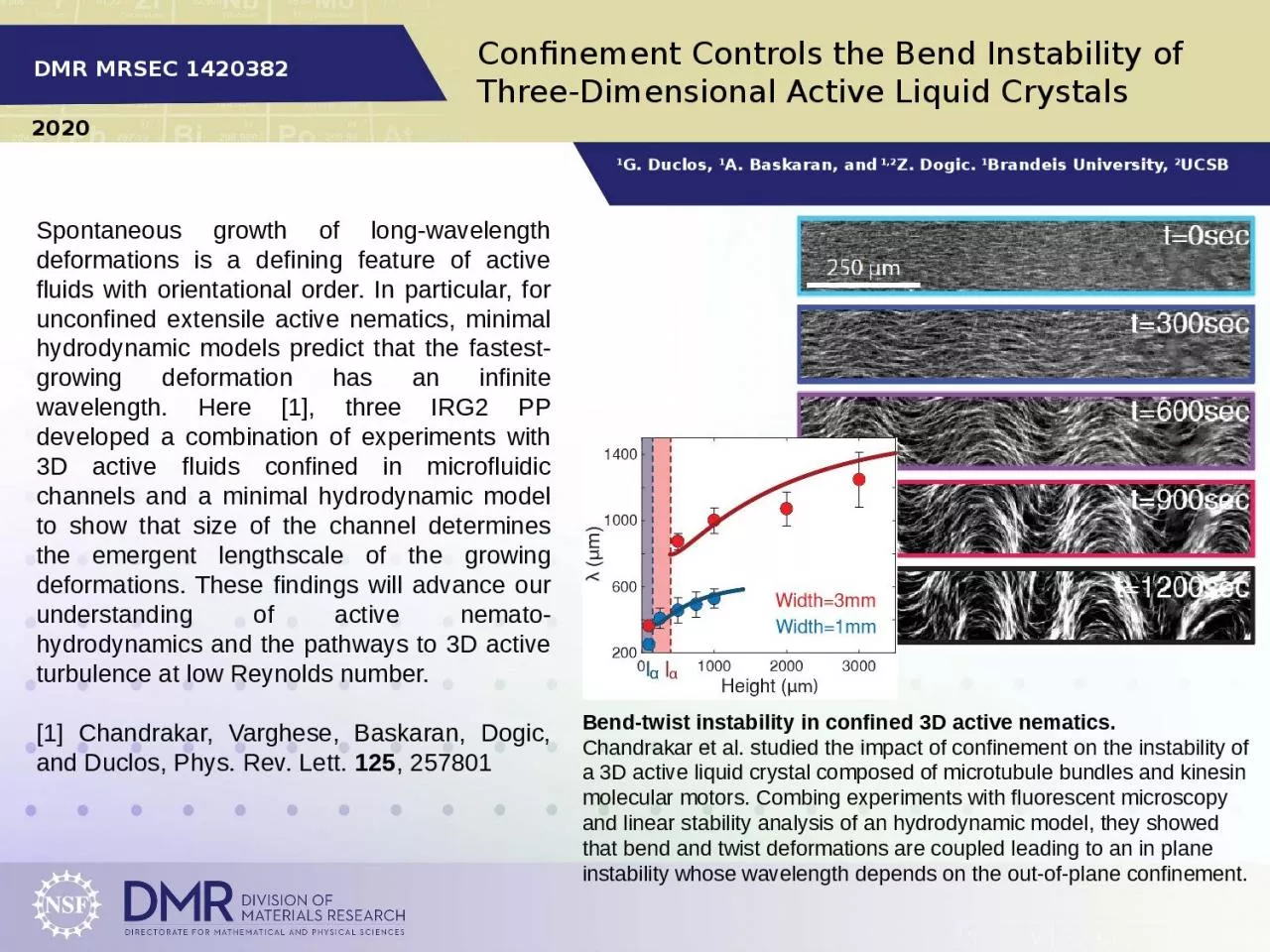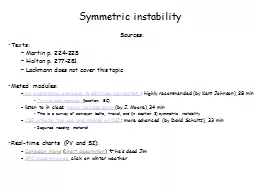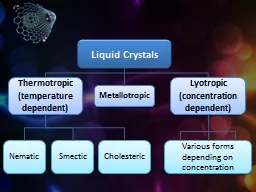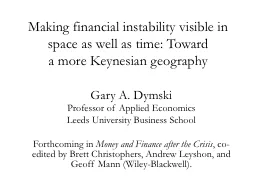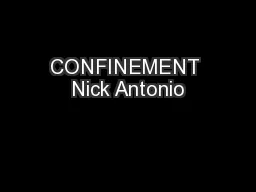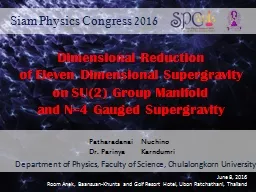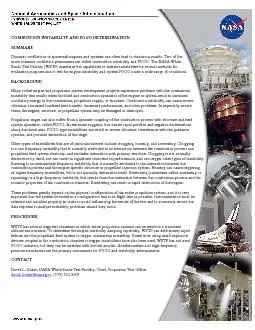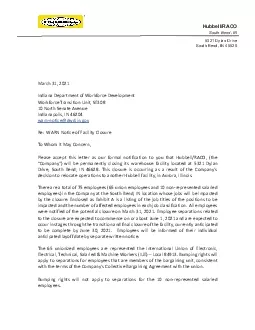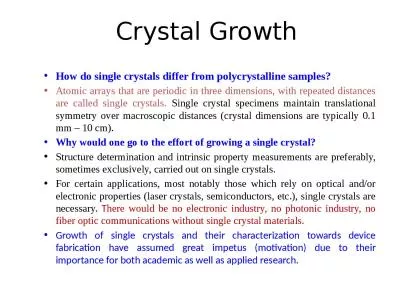PPT-Confinement Controls the Bend Instability of Three-Dimensional Active Liquid Crystals
Author : byrne | Published Date : 2023-09-18
1 G Duclos 1 A Baskaran and 12 Z Dogic 1 Brandeis University 2 UCSB DMR MRSEC 1420382 Spontaneous growth of longwavelength deformations is a defining feature
Presentation Embed Code
Download Presentation
Download Presentation The PPT/PDF document "Confinement Controls the Bend Instabilit..." is the property of its rightful owner. Permission is granted to download and print the materials on this website for personal, non-commercial use only, and to display it on your personal computer provided you do not modify the materials and that you retain all copyright notices contained in the materials. By downloading content from our website, you accept the terms of this agreement.
Confinement Controls the Bend Instability of Three-Dimensional Active Liquid Crystals: Transcript
Download Rules Of Document
"Confinement Controls the Bend Instability of Three-Dimensional Active Liquid Crystals"The content belongs to its owner. You may download and print it for personal use, without modification, and keep all copyright notices. By downloading, you agree to these terms.
Related Documents

